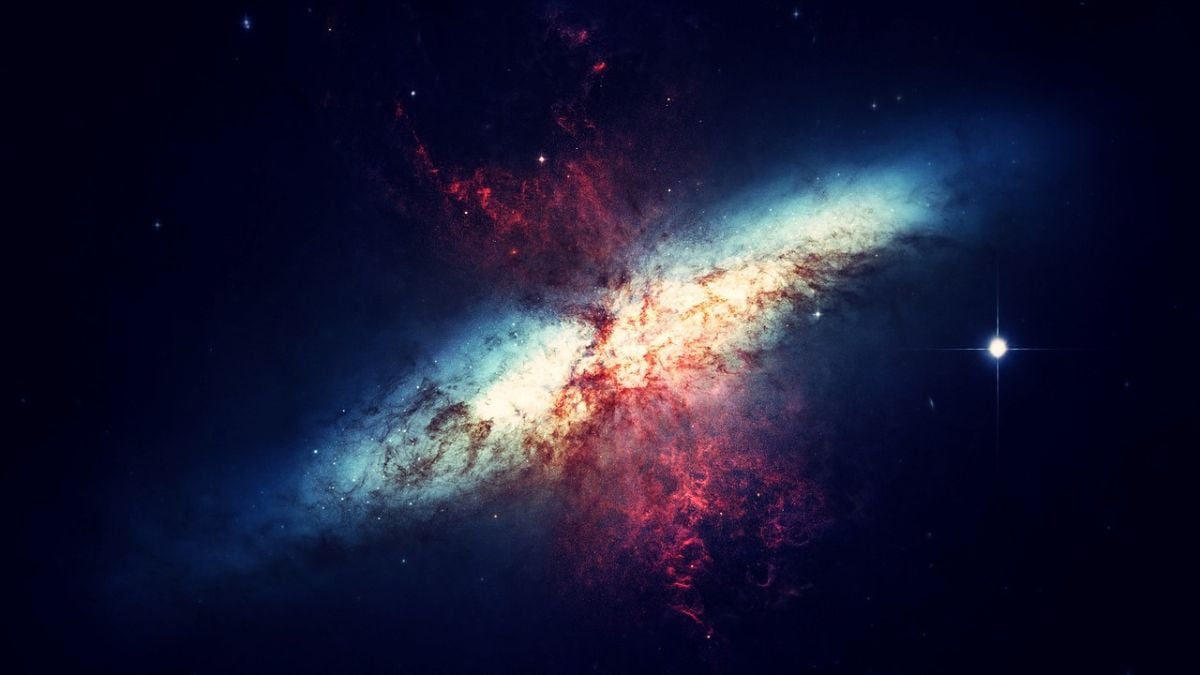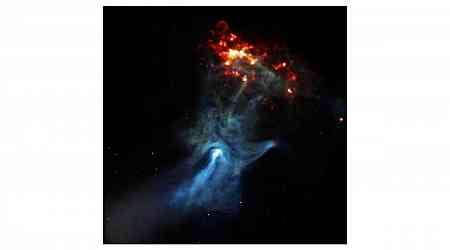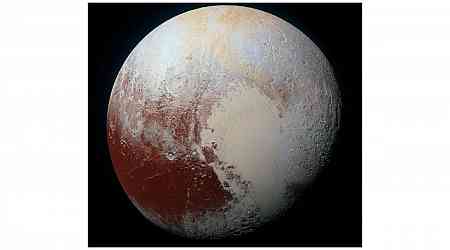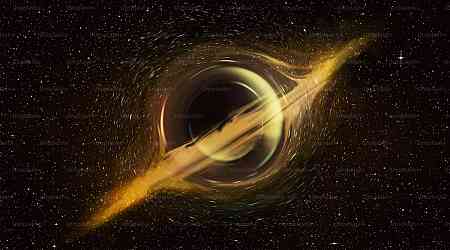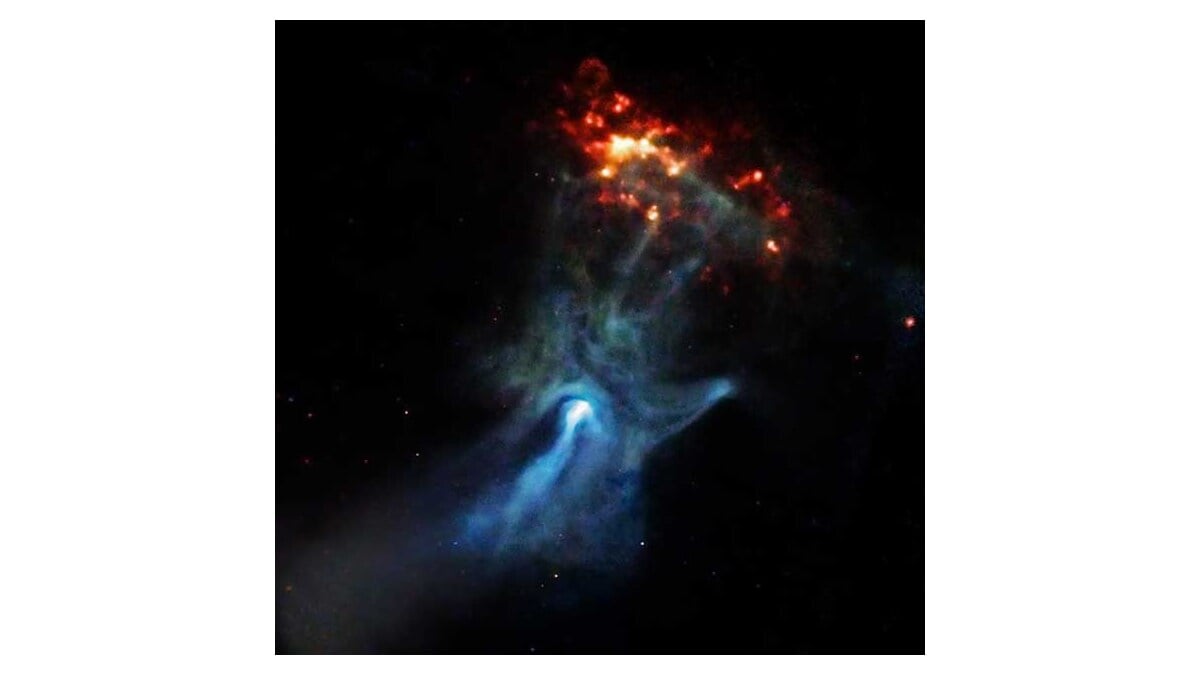Astronomers in their recent discovery have observed a neutron star spinning at an astonishing 716 rotations per second, making it one of the fastest-spinning stars ever recorded. This neutron star, found in the binary system 4U 1820-30 within the globular cluster NGC 6624, is situated around 26,000 light-years away from Earth in the constellation of Sagittarius. Observed through NASA's Neutron star Interior Composition Explorer (NICER) aboard the International Space Station (ISS), the star's surface also emits explosive thermonuclear blasts akin to atomic detonations.
Discovery and Observations
Scientists from DTU Space, using data collected between 2017 and 2021, detected 15 thermonuclear bursts on the star's surface, with one carrying a distinct signature indicating burst oscillations at 716 Hz. This confirmed the star's spin rate, matching that of another fast-spinning neutron star, PSR J1748–2446. "During these bursts, the neutron star becomes up to 100,000 times brighter than sun, releasing immense energy,” noted Jerome Chenevez of DTU Space.
Extreme Properties of Neutron Stars
Neutron stars, remnants of massive stars that have exhausted their nuclear fuel, are known for their extreme densities and rapid spins. When a star collapses in a supernova, its core condenses to about 20 kilometres in diameter but retains a mass up to twice that of our sun. This rapid collapse causes it to spin at incredible speeds, a phenomenon explained by angular momentum conservation. Additionally, in binary systems like 4U 1820-30, neutron stars often draw in matter from companion stars, further accelerating their rotation.
A New Insight into Binary Star Systems
The 4U 1820-30 system includes a white dwarf orbiting the neutron star at a rate of once every 11 minutes, the shortest known orbital period for a binary star system. This rapid orbit contributes to frequent matter transfers, creating conditions for explosive thermonuclear reactions on the neutron star's surface.
These discoveries provide a unique view of the life cycle of neutron stars and the complex dynamics within binary systems.


















